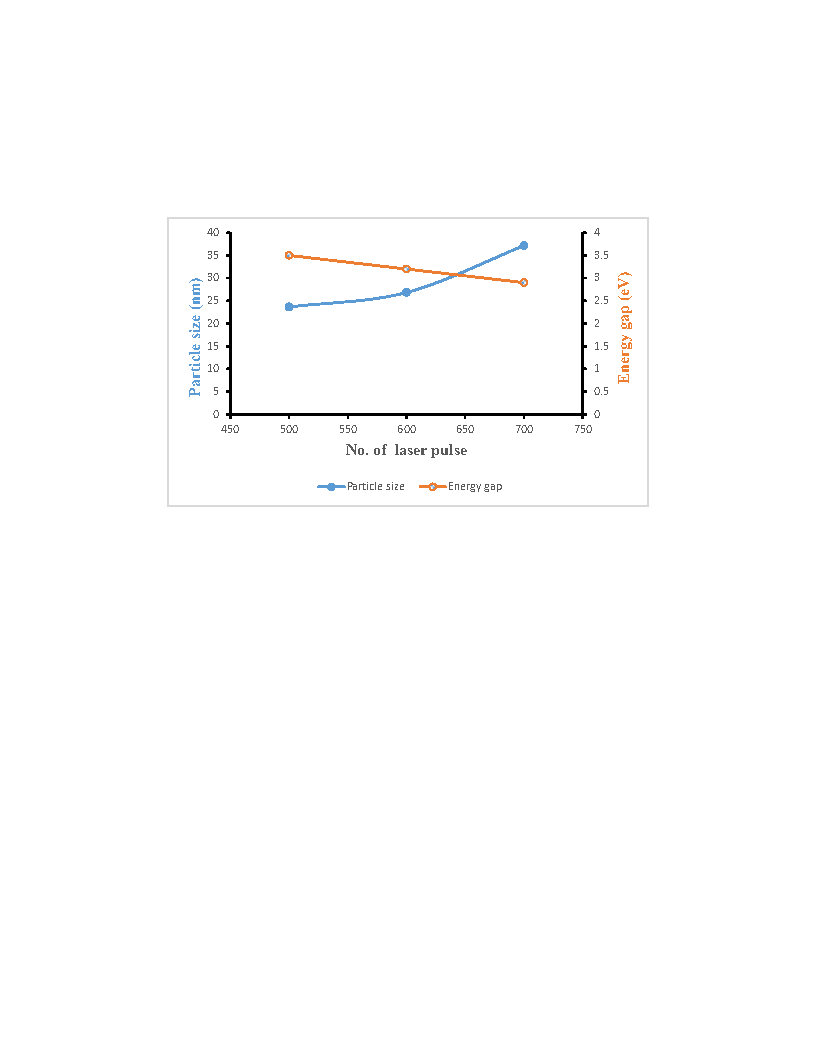Thu, Dec 12, 2024
[Archive]
Volume 19, Issue 3 (September 2022)
P. 1-15
P. 1-8
P. 1-8
P. 1-10
P. 1-20
P. 1-13
P. 1-12
Pooyan Soroori 
 , Saeid Baghshahi
, Saeid Baghshahi 
 , Arghavan Kazemi
, Arghavan Kazemi 
 , Nastaran Riahi Noori
, Nastaran Riahi Noori 
 , Saba Payrazm
, Saba Payrazm 
 , Amirtaymour Aliabadizadeh
, Amirtaymour Aliabadizadeh 


 , Saeid Baghshahi
, Saeid Baghshahi 
 , Arghavan Kazemi
, Arghavan Kazemi 
 , Nastaran Riahi Noori
, Nastaran Riahi Noori 
 , Saba Payrazm
, Saba Payrazm 
 , Amirtaymour Aliabadizadeh
, Amirtaymour Aliabadizadeh 

P. 1-13
P. 1-10
P. 1-9
P. 1-6













